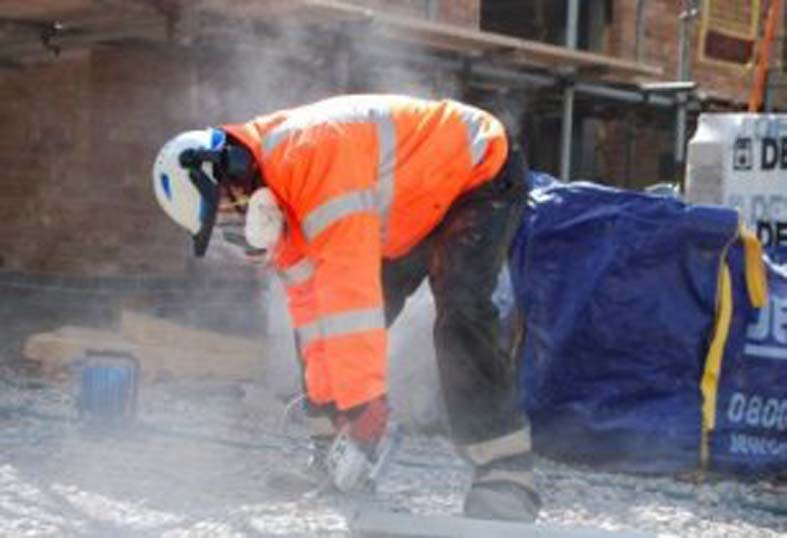With respirable crystalline silica (RCS) being the second biggest risk to construction employees, following asbestos, the workers are required to wear proper respiratory protection equipment (RPE) to reduce their exposure to harmful silica dust during construction
According to the HSE guidance, it was revealed that RCS is responsible for between 10 and 20 annual deaths in last 10 years.
RCS can further cause irreversible fibro-cardiovascular diseases such as silicosis, cancer and even pulmonary tuberculosis.
Scott Safety, American manufacturer of respiratory and personal protective equipment, has noted that there are three types of silicosis which include chronic silicosis, accelerated silicosis and acute silicosis. Among them, chronic silicosis is the most common type and usually occurs after 10 years exposure to low level silica dust, said Scott.
The company explained that in order to prevent silicosis, the companies need to conduct a detailed risk assessment to identify all hazards including RCS and control exposure to dust wherever possible and make a conscious effort to minimise dust. In addition, they should also use high quality dust extraction and suppression equipment, RPE and use them correctly. The companies also need to educate workers about the effects of silica dust and how to work safely in its environments.
Scott Safety has launched Duraflow, a Powered Air Respirator (PAPR), which is combined with an FH31 or FH6 headtop, aiming to reducing the likelihood of leaks. According to the company, the FH6 headtop also offers a built-in hard hat that is suitable for construction sites.
The company’s Promask2 is a low-profile full-face mask that aims to provide a light-weight ergonomic design with a wide visor for an unobstructed field of vision. The AVIVA can be useful for areas with paint spraying, aiming to ensure that the workers have achieved a good seal, said the company.
Scott pointed out that during purchasing RPE for construction workers in an RCS environment, the companies should look at the initial risk assessment and consider the specific environment the worker will be in, the level of protection they will require and the length of time they will be required to wear the equipment for.






